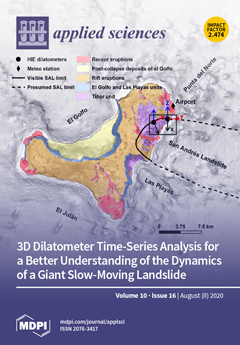Background and objectives: Both antihypertensive peptide intake and physical activity help to control blood pressure. Our aim was to evaluate the impact of consuming amaranth antihypertensive peptides on systolic blood pressure (SBP) in normotensive rats and the magnitude and relevance of the peptide-induced antihypertensive effect in spontaneously hypertensive rats (SHR).
Materials and Methods: Treatments (alcalase-generated amaranth protein hydrolysate, captopril, or water) were given by gavage and the SBP measured by the tail-cuff method. Physical activity was performed five days/week (for twenty weeks).
Results: The normotensive rats’ SBP (mmHg, average/group) remained unaffected after amaranth antihypertensive peptide supplementation (121.8) (
p > 0.05 vs controls). In SHR, the SBP was lowered by 24.6 (sedentary/supplemented at two weeks), 42.0 (sedentary/supplemented at eight weeks), and 31.5 (exercised/non-supplemented at eight weeks) (
p < 0.05 vs sedentary/non-supplemented). The combination of supplementation and physical activity lowered the SBP by 36.2 and 42.7 (supplemented/exercised at two weeks and eight weeks, respectively) (
p < 0.05 vs sedentary/non-supplemented), but it did not have additional antihypertensive benefits (
p > 0.05 vs sedentary/supplemented at eight weeks or exercised/non-supplemented at eight weeks).
Conclusions: Amaranth antihypertensive peptide supplementation has no impact on SBP in normotensive rats. This supplementation develops sustained antihypertensive benefits in SHR, which are similar to the antihypertensive effect developed after eight- or twenty-week low-intensity physical activity. These findings have implications for developing safe and effective peptide-based functional foods.
Full article





